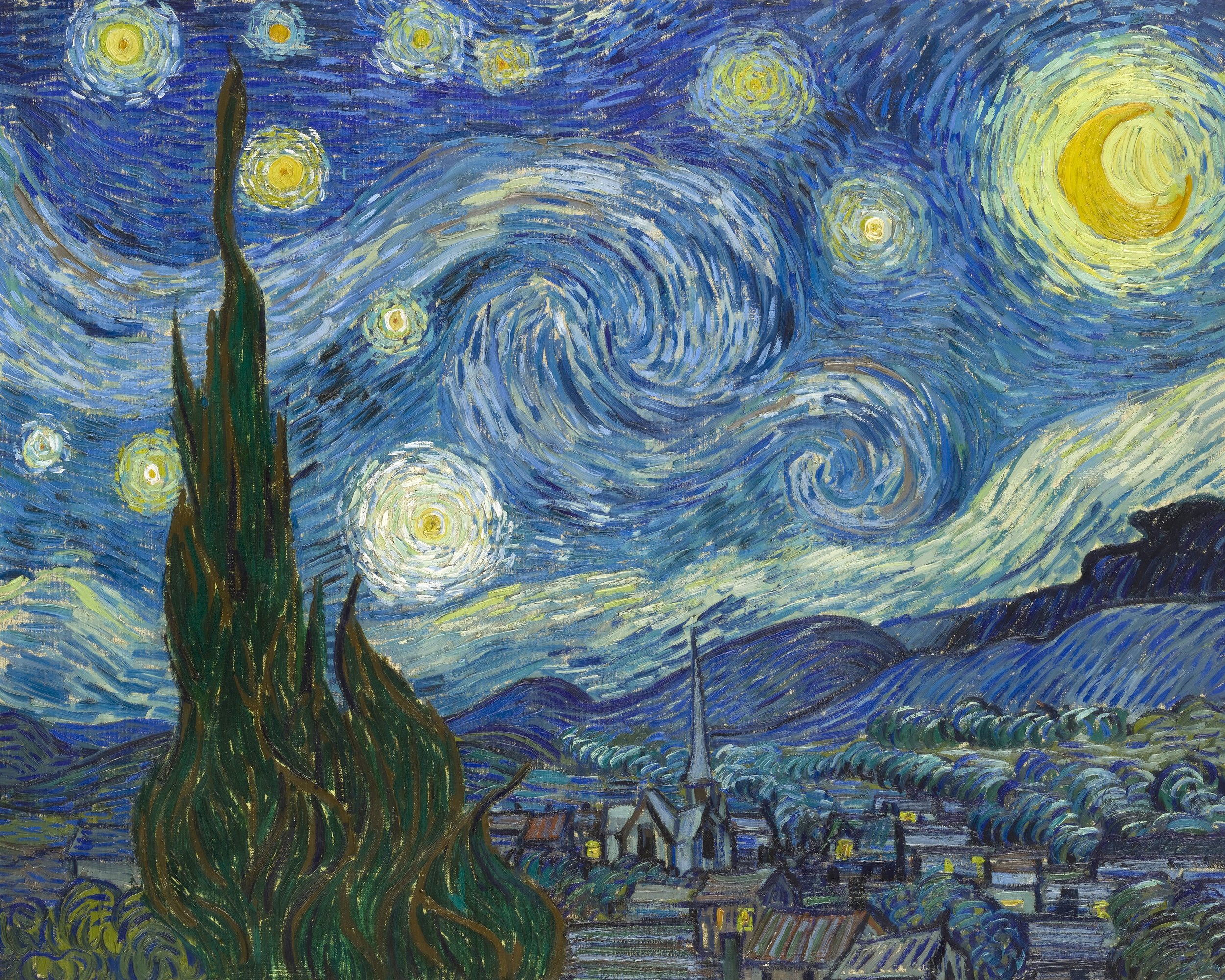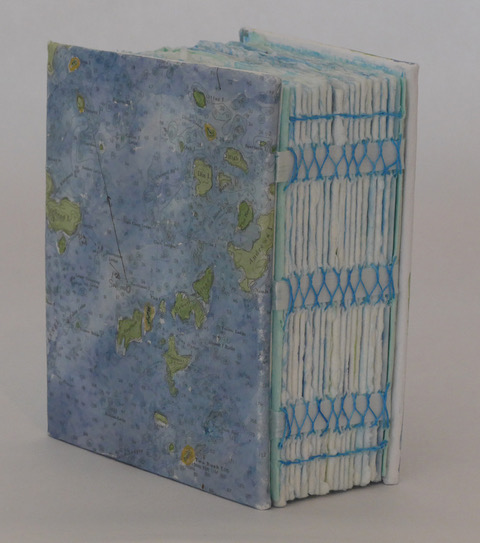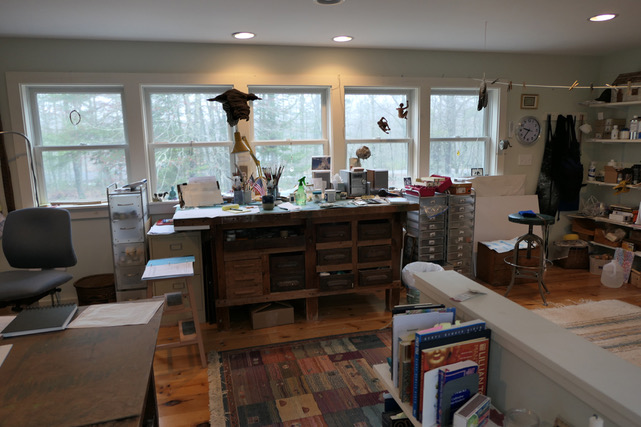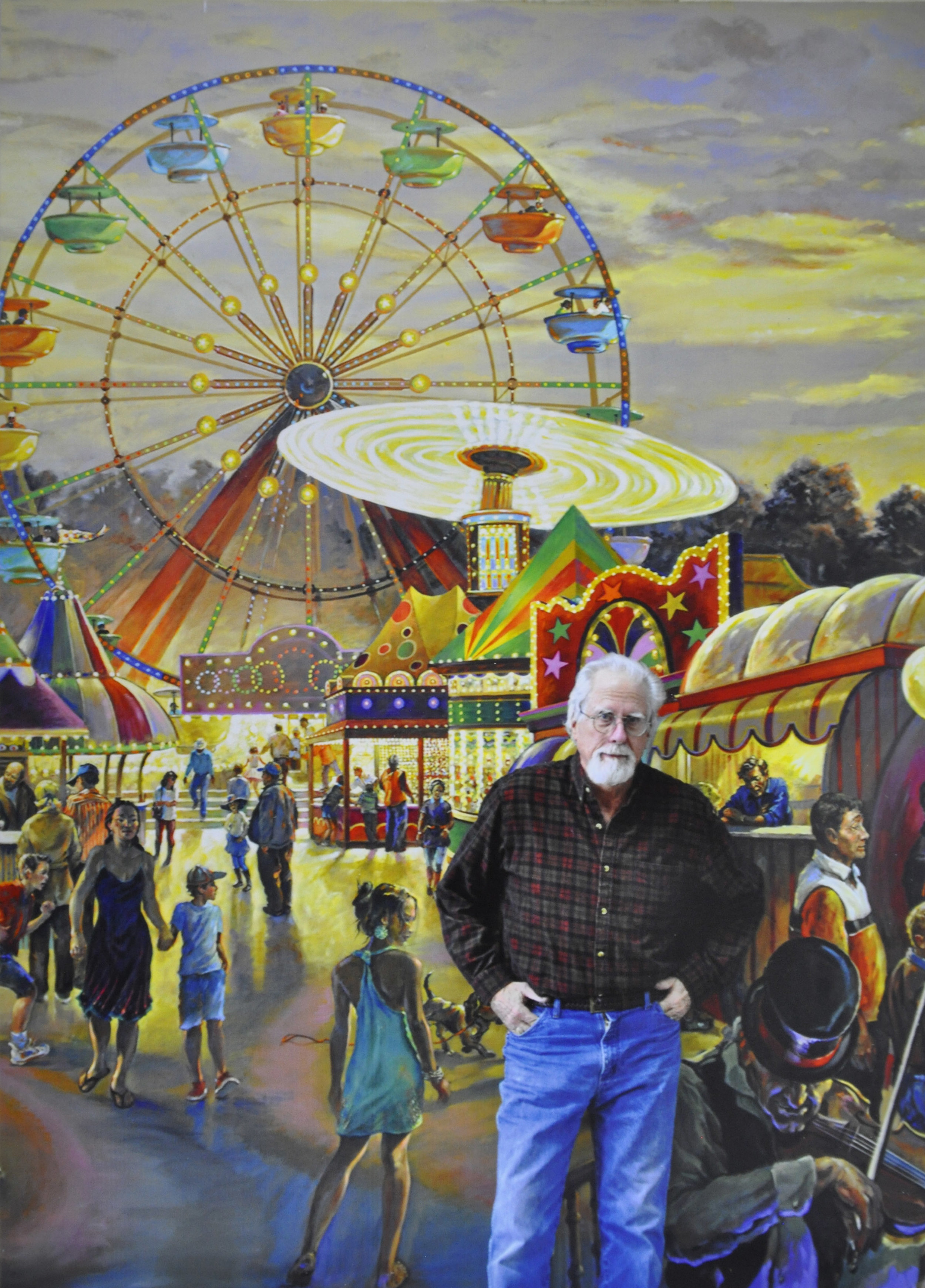Ekphrastic poetry is inspired by visual art - a poetic response to a painting, sculpture, or installation. Ekphrastic poetry allows poets to expand upon the painting in a vivid, interactive manner and to expand the story within the painting.
Ekphrastic poetry, or ekphrasis, has a long history, starting with the Greeks around 1100BC and continuing to the present, with ekphrastic poets including Homer, William Carlos Williams, Anne Sexton, Allen Ginsburg, and Marianne Moore.
Interest in ekphrastic poetry has experienced a recent resurgence, with museums and galleries producing events to encourage poetic responses to works of art. Earlier this year, the Portland Museum of Art and Maine Writers & Publishers Alliance created ARTWORD 2019 to enable poets and the public to engage with and respond to museum works.
Examples of ekphrastic poetry include Anne Sexton’s response to Vincent Van Gogh’s “The Starry Night”. Van Gogh’s famous painting moved Sexton to write “Oh starry night! This is how I want to die.” Her personal response reflects a lifetime of struggles with depression and demonstrates how deeply personal ekphrastic poetry can be.
In 1970 Don McLean, American singer-songwriter, wrote “Vincent” in response to a the painting, “The Starry Night”. His inspiration emerged after reading van Gogh’s biography and studying the painting. He believed the painting symbolized van Gogh’s life and struggles. Visit Don McLean’s website to hear him singing his composition.
Compose your own ekphrastic poem using Edward Hopper’s painting, “Ground Swell” for inspiration.
Edward Hopper “GROUND SWELL”
Study the painting and gauge your reaction to its colors and form.
Avoid literal descriptions in your poetry, instead trying to “stretch” and expand upon the meaning of the work.
Write in the voice of the person or subject in the painting.
Create a dialogue with the painting’s subject..
Imagine a story behind what you see depicted in the piece.
Write about your thoughts and feelings while looking at the work.
Use simple free verse or other simple poetic form.
Have fun!
SAVE THE DATE!
ELEVEN LOCAL POETS READ POEMS INSPIRED BY GALLERY PAINTINGS.
AT CENTRE ST ARTS GALLERY
11 CENTRE ST. BATH, ME
FRIDAY, JUNE 8 FROM 5 TO 7.














